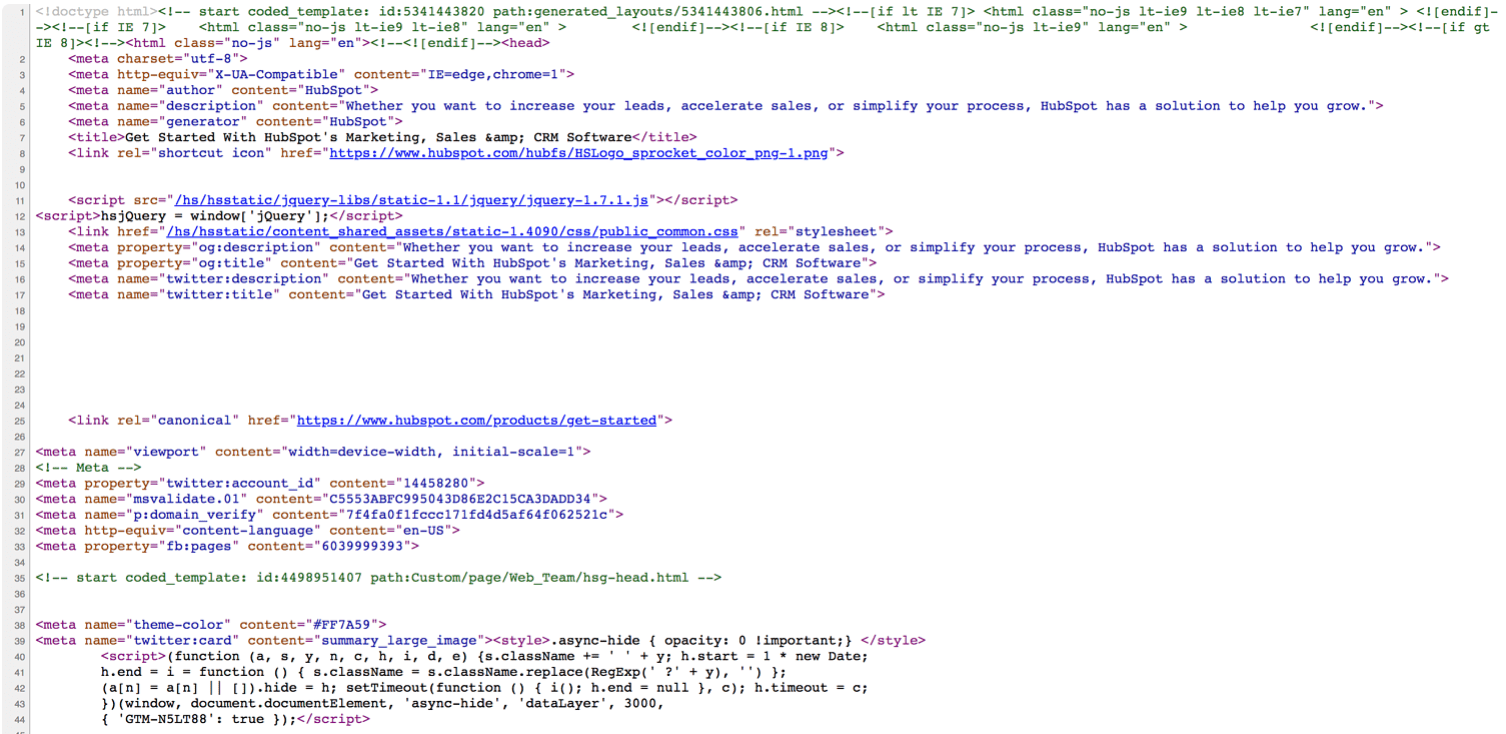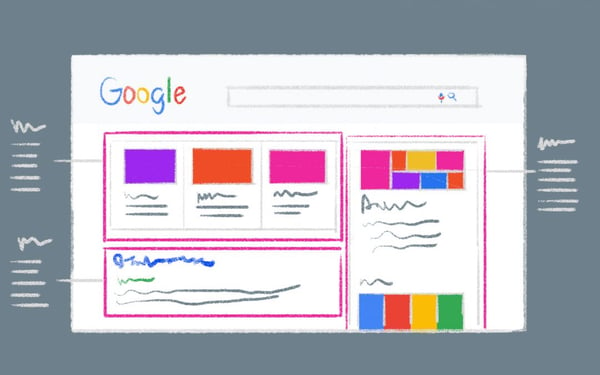The Beginner's Guide to Structured Data for Organizing & Optimizing Your Website

By adecker@hubspot.com (Allie Decker)
It’s Friday afternoon, and your team is jonesing for Happy Hour.
For the last few weeks, you’ve been going to the same ol’ bar by your office, so you decide it’s time to try something new. What do you do? Step outside and walk around until you find a new spot? No, you hop on Google and let it conduct the search for you.
Your ideal post-work pub is nearby, open right after work, and offers a few gluten-free options so your entire team can partake. You plug these criteria into Google, and you’ve got three viable options at your fingertips — in a handy map format to boot.
Pause. Have you ever wondered how Google can whip up such accurate, precise answers in so little time … and present them in such an easy-to-read way? Moreover, what are those restaurants doing to get featured so dominantly on Google’s search engine results pages (SERPs)?
Heck, I’d love my business to pop up when consumers search for criteria relevant to me … wouldn’t you?
No one knows exactly how Google’s algorithm works — but, there are a few ways to organize and optimize your website content so Google knows what content to feature on the SERPs for the various searches people conduct to find you.
This is where structured data comes in. Structured data can make your organization more visible to potential customers and increase your click-through rate by up to 30%.
Not sure what structured data is? That’s OK. By the end of this guide, you’ll be a structured data wizard — and your website will reap the benefits.
We know that what searchers see online is much different than what search engines see.
While searchers see this…
… search engines see this:

View the source code for any website by going to View > Developer > View Source.
This behind-the-scenes code tells browsers how information should be organized on the website (as part of its website development) and tells web crawlers what’s on the page.
Structured data is also at play here. Embedded tags of code (a.k.a. “markup”) throughout the HTML of a webpage tell Google and other search engines what information to display in the SERPs and what this information represents. It also helps social media platforms synthesize your social media posts into snippets that preview the content using Open Graph Protocol (which we touch on later).
This markup is important. It educates search engines on what specific content is on the page. This creates more relevant, informed searches and makes the site a candidate for enhanced results like featured snippets, rich snippets, image and video carousels, knowledge boxes, and more (which we’ll touch on later).
Google’s SERPs weren’t always as easy on the eye as they are today. Don’t remember? Check out this Google result for “pool tables” from 2008.
<img src="https://blog.hubspot.com/hs-fs/hubfs/Screen%20Shot%202020-12-01%20at%204.35.24%20PM-min.png?width=968&name=Screen%20Shot%202020-12-01%20at%204.35.24%20PM-min.png" alt="structured …read more
Source:: HubSpot Blog









